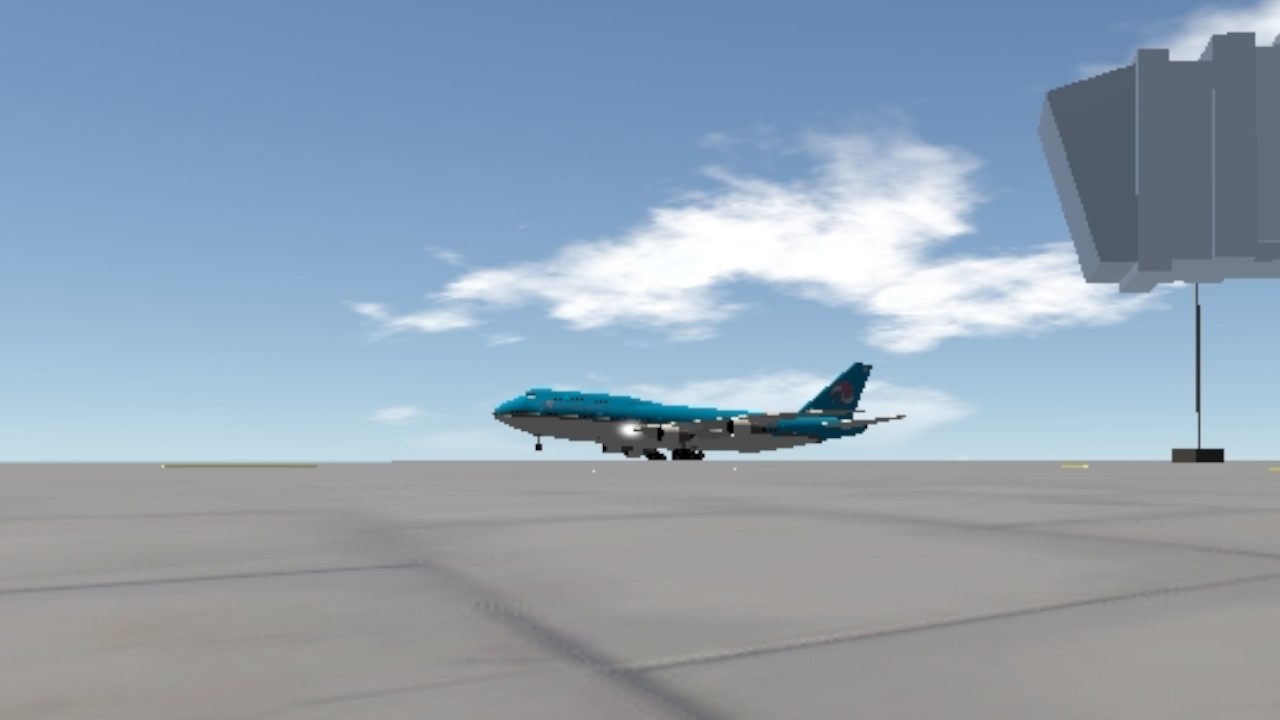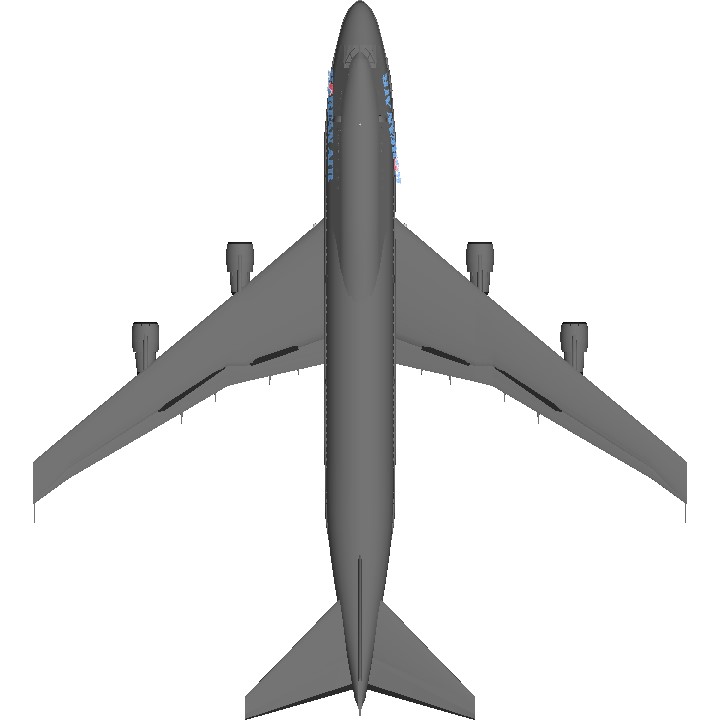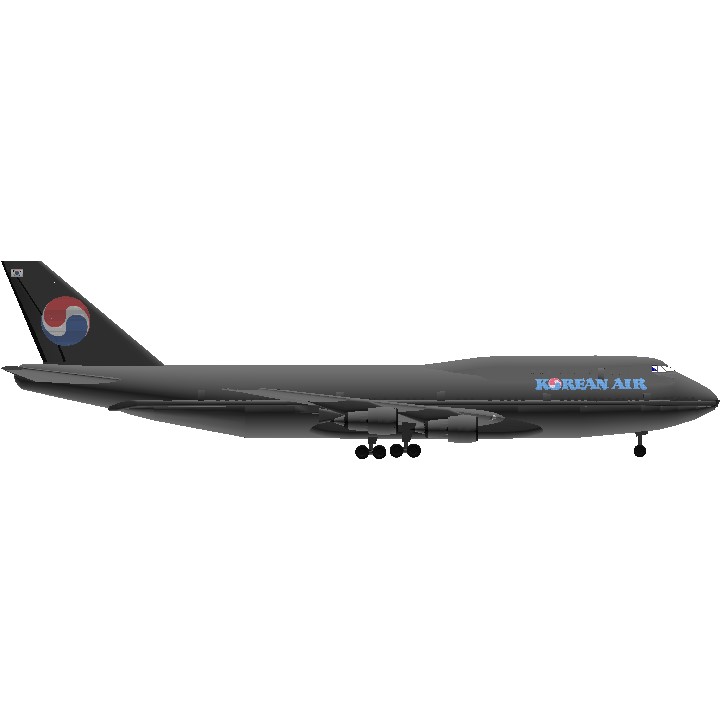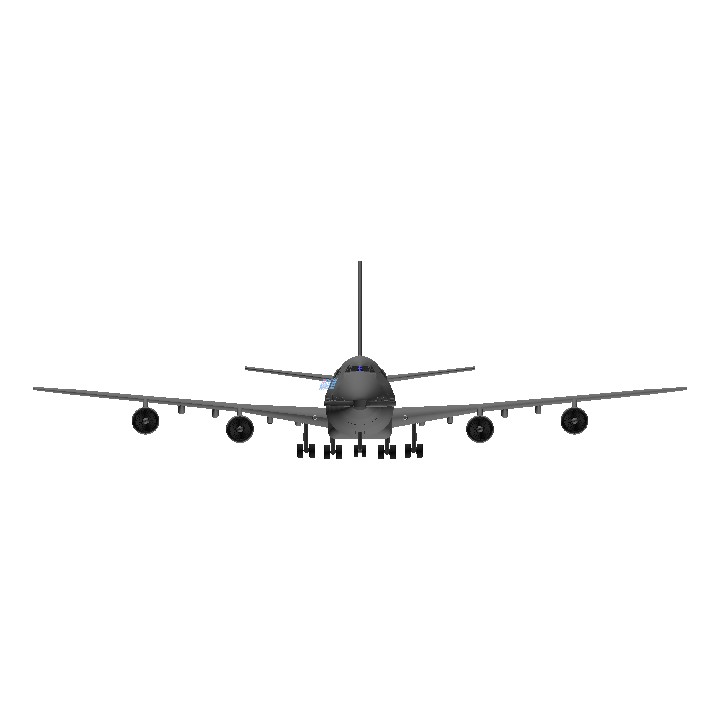Boeing 747-300

A 747-300, displaying the stretched upper deck. Swissair took the first delivery on March 23, 1983.
The 747-300 features a 23-foot-4-inch-longer (7.11 m) upper deck than the -200. The stretched upper deck (SUD) has two emergency exit doors and is the most visible difference between the -300 and previous models. After being made standard on the 747-300, the SUD was offered as a retrofit, and as an option to earlier variants still in-production. An example for a retrofit were two UTA -200 Combis being converted in 1986, and an example for the option were two brand-new JAL -100 aircraft (designated -100BSR SUD), the first of which was delivered on March 24, 1986.
The 747-300 introduced a new straight stairway to the upper deck, instead of a spiral staircase on earlier variants, which creates room above and below for more seats. Minor aerodynamic changes allowed the -300's cruise speed to reach Mach 0.85 compared with Mach 0.84 on the -200 and -100 models, while retaining the same takeoff weight. The -300 could be equipped with the same Pratt & Whitney and Rolls-Royce powerplants as on the -200, as well as updated General Electric CF6-80C2B1 engines.
Swissair placed the first order for the 747-300 on June 11, 1980. The variant revived the 747-300 designation, which had been previously used on a design study that did not reach production. The 747-300 first flew on October 5, 1982, and the type's first delivery went to Swissair on March 23, 1983.[38] In 1982, its unit cost was US$83M (262.1M today). Besides the passenger model, two other versions (-300M, -300SR) were produced. The 747-300M features cargo capacity on the rear portion of the main deck, similar to the -200M, but with the stretched upper deck it can carry more passengers. The 747-300SR, a short range, high-capacity domestic model, was produced for Japanese markets with a maximum seating for 584. No production freighter version of the 747-300 was built, but Boeing began modifications of used passenger -300 models into freighters in 2000.
A total of 81 747-300 series aircraft were delivered, 56 for passenger use, 21 -300M and 4 -300SR versions. In 1985, just two years after the -300 entered service, the type was superseded by the announcement of the more advanced 747-400. The last 747-300 was delivered in September 1990 to Sabena. While some -300 customers continued operating the type, several large carriers replaced their 747-300s with 747-400s. Air France, Air India, Japan Airlines, Pakistan International Airlines, and Qantas were some of the last major carriers to operate the 747-300. On December 29, 2008, Qantas flew its last scheduled 747-300 service, operating from Melbourne to Los Angeles via Auckland. In July 2015, Pakistan International Airlines retired their final 747-300 after 30 years of service. Mahan Air was the last passenger operator of the Boeing 747-300. In 2022, their last 747-300M was leased by Emtrasur Cargo. The 747-300M was later seized by the US Department of Justice and scrapped in 2024. As of 2024, TransAVIAExport, a Belarusian cargo airline operates one Boeing 747-300F. As of 2024, a former Saudia 747-300 is used for VVIP transport, operated by the Saudi Arabian Government.
Korean Air Flight 801
Korean Air Flight 801 (KE801, KAL801) was a scheduled international passenger flight operated by Korean Air, from Gimpo International Airport, Seoul to Antonio B. Won Pat International Airport, Guam. On August 6, 1997, the Boeing 747-300 operating the flight crashed on Bijia Peak, south of Nimitz Hill, in Asan-Maina, Guam, while on approach to the destination airport, killing 229 of the 254 people aboard.

The crashed aircraft
The National Transportation Safety Board cites poor communication between the flight crew as the probable cause of this accident, along with the captain's poor decision-making on the non-precision approach.
Specifications
Spotlights
- VietnamAirlinesFlight474 23 hours ago
General Characteristics
- Predecessor Boeing 747-300 Swissair Livery
- Created On Android
- Wingspan 212.3ft (64.7m)
- Length 233.5ft (71.2m)
- Height 64.3ft (19.6m)
- Empty Weight 156,419lbs (70,950kg)
- Loaded Weight 339,687lbs (154,080kg)
Performance
- Power/Weight Ratio 0.222
- Wing Loading 21.0lbs/ft2 (102.5kg/m2)
- Wing Area 16,187.6ft2 (1,503.9m2)
- Drag Points 43107
Parts
- Number of Parts 531
- Control Surfaces 20
- Performance Cost 3,054
Required Mods
-
Screen Display - Android
by 1342791782
Version 1.0 (6/14/2021 5:44:29 PM)




